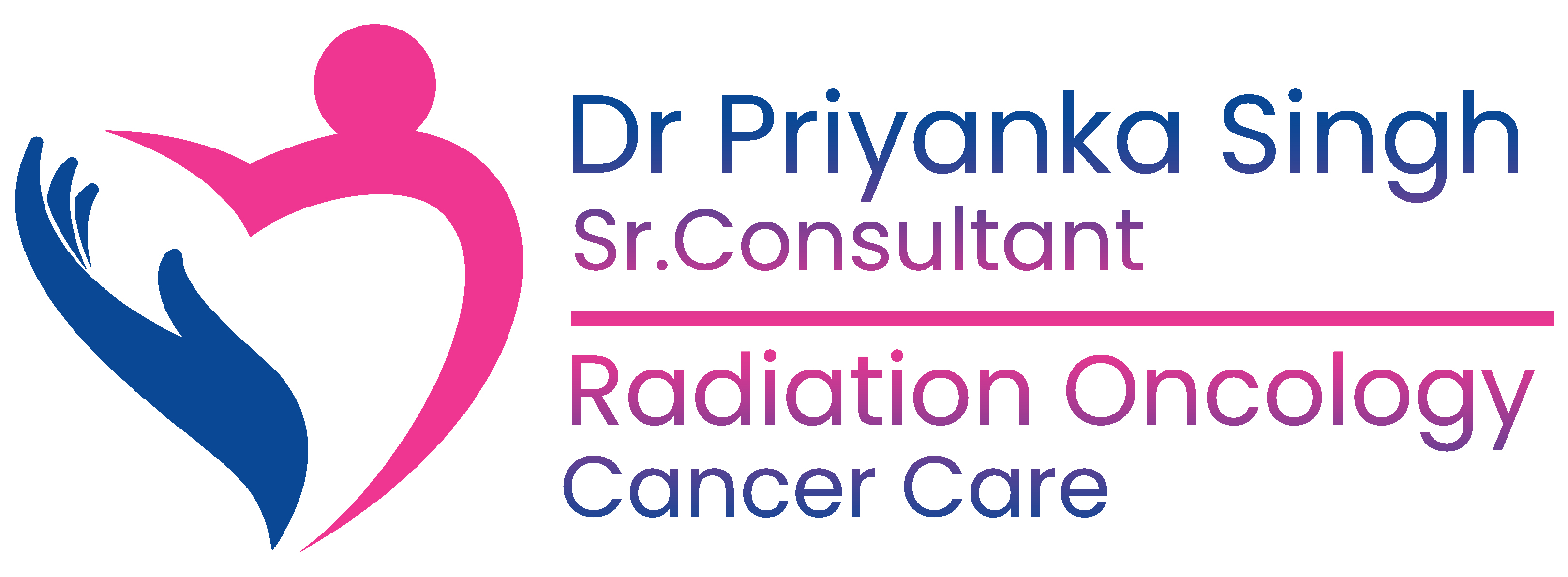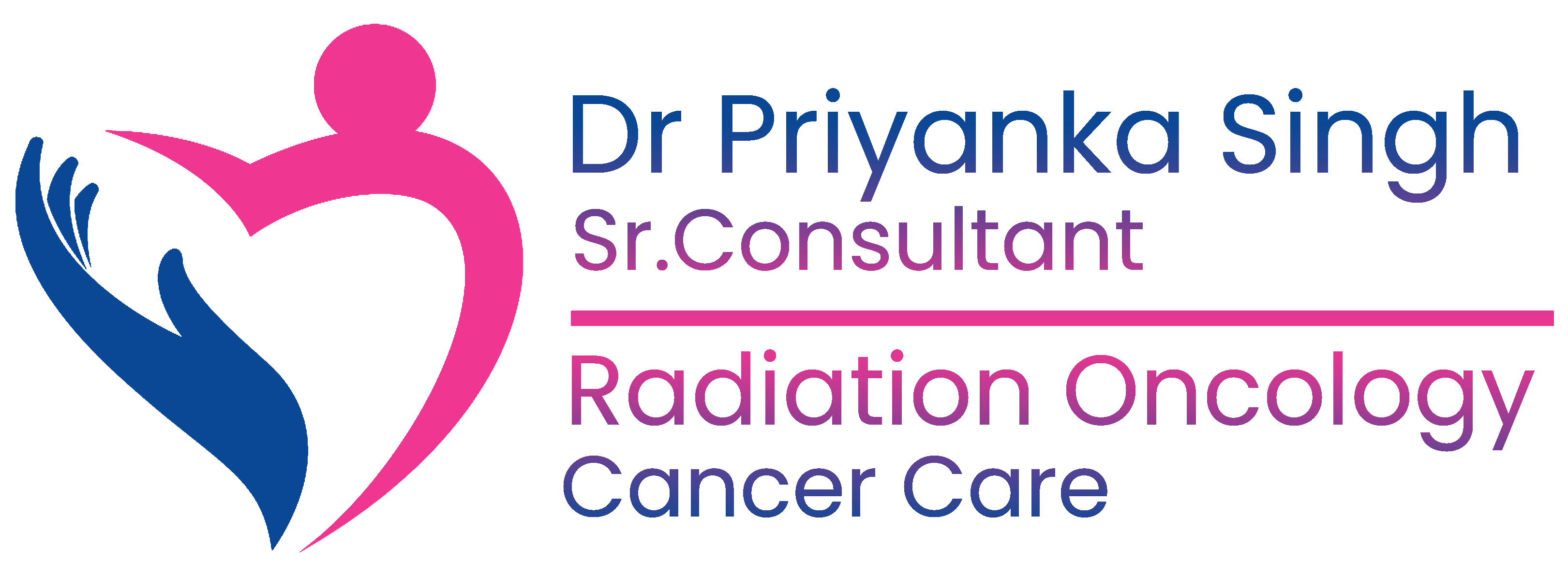Understanding Cancer
Understanding Cancer
What is cancer?
Cancer is a disease where some of the cells of our body become abnormal and keep growing uncontrollably without any stimulus. It can arise from any cell of the body, like blood, bone, liver, breast, stomach, lung, prostate, muscle, and brain, and can also spread to other parts of the body.
What is the difference between a tumour and a cancer?
Any abnormal collection of cells is called a tumour. It may be benign if it is limited to the site of origin and does not spread further. Or it can be malignant, also known as cancerous, where it can spread to nearby and far away parts of the body.
What are the types of cancer?
There are hundreds of different types of cancer, but they are mainly classified into 3 types based on the type of cells from which they originate
- Carcinomas: the most common type, originating from surface cells.
- Sarcomas: arising from blood vessels, muscles, and other connective tissues
- Leukemia, lymphomas, and multiple myeloma: arise from different types of blood cells.
Most of the cancers are named after the organ of their origin, like breast cancer arising from cells of the breast, lung cancer arising from cells of the lungs, etc.
Are all cancers life-threatening?
No. Every cancer has a different course. Some cancers are less aggressive and can be cured easily, while some cancers are very aggressive, which may not always be curable, but most of them are treatable and controllable. With abundant advances in cancer diagnosis and treatment, cancer is no longer a death sentence and should not be feared.
What causes cancer?
Cancers are always genetic in origin. It means there has been some change in your genes, which is known as a mutation. These mutations are harmful to normal body function and are not repairable, causing the cells to grow uncontrolled. Such mutations may arise in your own body due to the regular wear and tear with aging or may be inherited from your parents. The risk of these mutations increases in the presence of certain risk factors.
What are the risk factors that can cause cancer?
Use of tobacco alone is associated with 30 % of cancers. Other risk factors are alcohol consumption, obesity and decreased physical activity, low fibre and high fat diet, excessive sun exposure, use of hormone replacement therapy, viruses like HPV and Hepatitis B, environmental pollutants, etc.
How will I know if I have cancer?
Any new change in the body should alarm you. The common signs and symptoms suspicious of cancer are a lump, swelling or non healing ulcer in any part of body, difficulty or pain in swallowing, change in bowel and bladder habits like long standing constipation or loose motions, incomplete evacuation, frequent urination, urgency, decreased urinary stream, abnormal bleeding from any site like post menopausal bleeding, blood in cough, vomiting, urine or stools, nagging cough or hoarseness of voice, obvious change in colour, shape or size of a mole, unexplained weight loss or loss of appetite. In case you notice any such change, you must consult your doctor immediately for a further check-up.
How is cancer diagnosed?
Once there is a suspicion of cancer, the tests are done for 2 purposes:
- Confirmatory tests: These tests help in establishing the presence of cancer and its type. It includes FNAC, Biopsy, Immunohistochemistry (IHC ), and molecular studies.
- Staging tests: Once the diagnosis of cancer is established, further tests like CT Scan, MRI scan, and PET scan are done for cancer staging.
What are the different stages of cancer?
Different cancers are staged differently; however, there are broadly 4 stages of cancer:
- Stage 1. Cancer is very small in size and is localised to the site of origin.
- Stage 2. Cancer is still localised but has increased in size
- Stage 3. Cancer has started to spread to the neighbouring structures, including the lymph nodes.
- Stage 4. Cancer has spread to the other organs of the body.
Stages 1 and 2 are early stages of cancer, stage 3 is also known as locally advanced cancer, and stage 4 is known as metastatic cancer. Most cancers are curable if treated in the early stage.
Can cancers be prevented?
Cancers are preventable if we eliminate the risk factors. A simple lifestyle change like quitting smoking or alcohol consumption, eating a healthy, balanced diet with adequate physical activity, vaccinating against HPV and Hepatitis B viruses, etc, can go a long way in cancer prevention.
Why are most cancers diagnosed in late stages?
Ignorance is the most important reason most cancers are diagnosed late. One unknown fact about cancer is that it is almost always painless to start with. It only causes pain when it has spread to the nearby structure or caused significant damage. Most patients ignore the swelling or lump in the early stages when it is painless and only consult the doctor when it starts to pain, by which time it is usually too late. But always remember, early detection by regular screening and health check-ups, and early treatment is important for successful cancer treatment.
How can we diagnose cancer early?
Early detection and treatment of cancer is the key to its successful treatment. You must undertake regular age-appropriate health check-ups. If your doctor detects any abnormality there, you will be asked to do additional tests for detection. Do not ignore any unusual symptoms and consult your doctor immediately. Screening for common cancers, like breast self-examination for all females above 20 years, mammograms for all females above 45 years, and annual PSA for all males above 60 years, can help detect cancer in the early stage.
Why is there an increase in the number of cancer patients these days?
An increase in the number of cancer patients around us is commonly attributed to pollution, the use of insecticides, and adulteration in food and water. These causes are significant; however, they are not the only reason. As our overall medical facilities have improved over the last few decades, the average life span in our country has increased. This has reflected in a decrease in infectious diseases and a rise in chronic diseases like blood pressure, diabetes, and cancers. With improved diagnostic and treatment facilities now, we are diagnosing and treating more patients. Thus, though the death rates from cancer have come down, we have more people living with cancer and cancer survivors these days.






